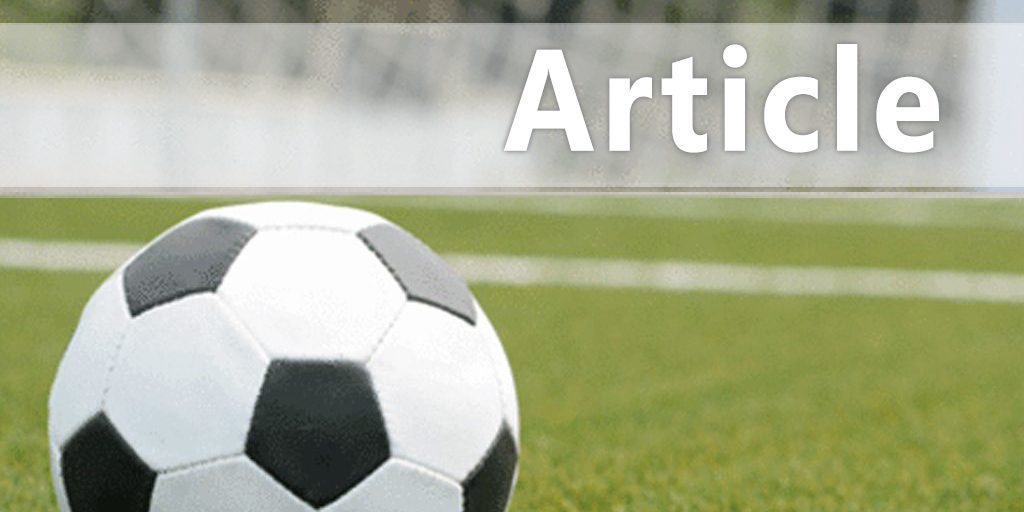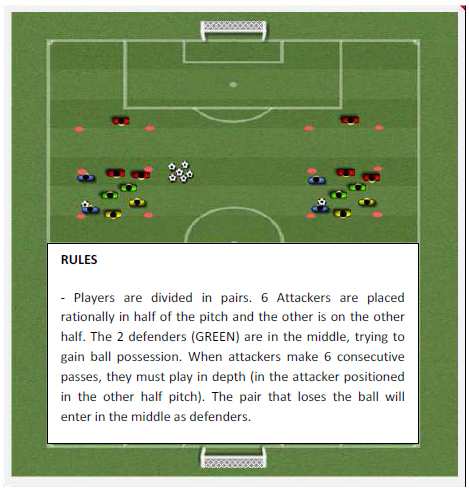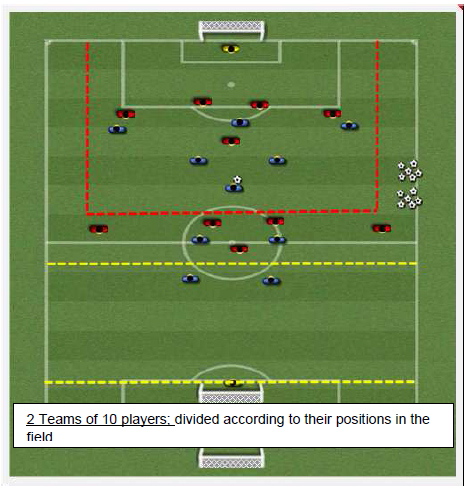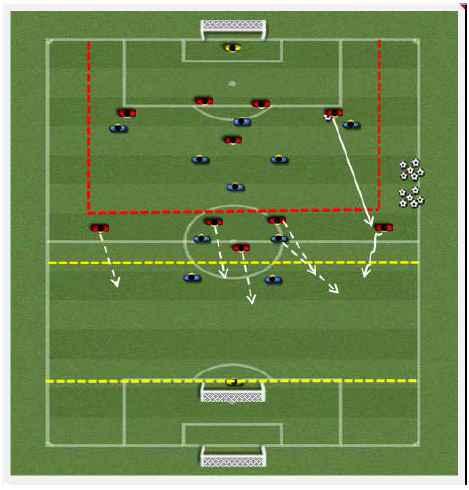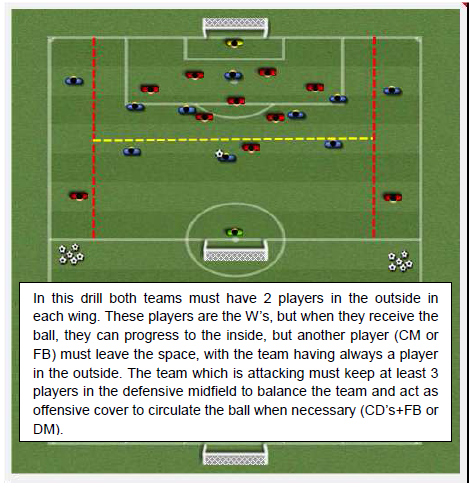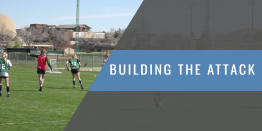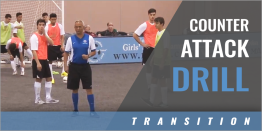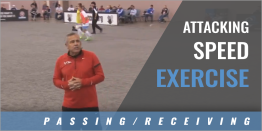|
Offensive transitions By: Vítor Marreco Gouveia Provided by: NSCAA
Dominant: Specific Strength Material: Markers; 10 white vests + 1 orange; 1 portable goal; 18 balls. Objectives: To work on defensive positioning according to the ball location, linking the game after the recovery of ball possession; To improve action during offensive transitions. 1) Warm-up – 22 min.
5 min. of continuous running 5 min. Specific mobilization - several displacements (lateral, backwards, laterilized, frontal), dynamic stretching, lounged, proprioceptive exercises, squats. 12 min. Rondos 6+1x2 + Specific warm-up: skipping; skipping + sprint and sprints with changes of direction + dynamic stretching Coaching points: Offensively: to work on positional issues to improve ball circulation: supports orientation, pass quality, progression pass (diagonal), orientation to the player in possession. We also want to give more objectivity to ball possession, with the players playing in depth after having the ball controlled and managed to allocate defenders at the game center, to suddenly change the ball to another space. Defensively, we want to work on the role of 1st defender: aggressive reacting to the ball movement, change of behavior (defensive cover) when the other colleague is nearer the ball; and the role of 2nd defender. 2) 6x5+GK with offensive transition 5x3+GK: Drill to develop the role of the defensive midfielder (DM) to balance the defensive line and to improve dynamics during offensive transitions – 32min.
The drill starts with 1 team attacking 6 (midfield and offensive sector) vs 5 players (defensive line a+DM). The blue team starts attacking in the red space, trying to score in the official goal. When the red's get the ball, one more player can enter on the red space, to help during the offensive transition and when they manage to progress with the ball to the yellow space, they attack 5x3+GK. After this last phase, all players must get as fast as possible to their original position, because the game doesn't stop in the red space. Progression: Using the same layout and organization, we will invert the roles: the red team starts with the ball and the blue team will pressure and avoid the progression of the red team. Coaching Points: Offensively - To create behaviors to improve offensive transitions, to explore and create space: to quickly take the ball out of the pressure zone, vertically if possible; winger's (W) wide open in the pitch, to attack the space in the back of the defense and/or the space between the CD and the FB; to approximate as fast as possible from the ball carrier when it is passed deeply, to get numerical advantage near the finalization zones, To work the build-up play from the defensive line: the FB's give depth to the team, with the DM in the middle (line of 3 with the CD's). Defensively - To work on zonal defending with pressing in the 1st phase of build-up play of the opponent: ST pressures the CD that receives the ball, one of the CM's blocks the other CD, the W's avoid the progression of the FB's; To work the position of the DM in articulation with the last defensive line, to occupy the central corridor: DM occupies the space left by the CD, when this player leaves is zone to follow the opponent ST or when the FB advances pressing, the CD marks the opposite W and then the DM enters in the space left by the CD. Load: 2 series of 2x4 min. of each variant
3) GR+10x10+Gr: Exploration of the in depth play during offensive transition and passage to positional attack when the team can’t explore the fast transition – 24min. Coaching Points Offensively - To work the above mentioned issues related to the fast offensive transitions; to improve ball circulation with reduced space: cover players placed correctly to allow the team to keep ball possession with safety when they don't have space to progress; close support to the ball carrier; fast ball transmission; alternate between inside and outside play during build-up; to finalize from the outside when players have sufficient space to do it. To have offensive mobility to create space near end-zone: changes between W's, CM's, and FB's; having players placed in the wings (wide open) to make the field bigger, creating space to progression. Defensively - To work on defensive recovery, by advancing the defensive line, giving space in the back; Aggressive approximation to the ball carrier, keeping the defensive lines closer, avoiding the opponent to build-up in the inside of the team; To work on defensive balance, when the team has ball possession, keeping always at least 3 players position in a manner they can protect the vital areas after the lost of ball possession.
Volume = 78 minutes Vitor Marreco Gouveia: UEFA A soccer coach: https://www.linkedin.com/profile/view?id=233884435&trk=nav_responsive_tab_profile
|



